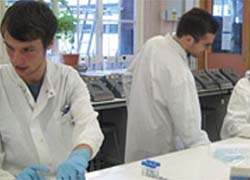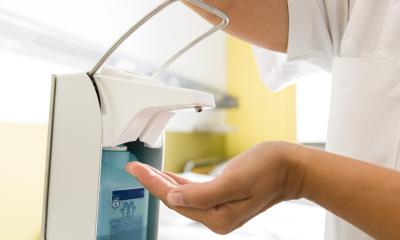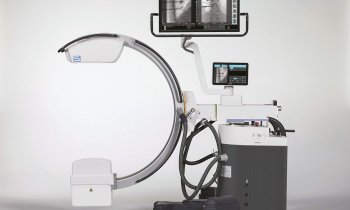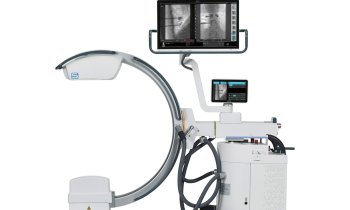The Infector Detector
A biosensor to catch catheter infections
Urinary tract infections caused by catheterisation are a common and nasty affliction for the disabled, elderly and hospital patients.

Urinary tract infections caused by catheterisation are a common and nasty affliction for the disabled, elderly and hospital paients. Professor Richard Kitney at the Department of Bioengineering, Imperial College London, who is one of the academic supervisors of an interesting related project at the college explained: ‘Normally, in hospitals, doctors and nurses only find out that a patient has a urinary infection from their catheter when the patient’s temperature rises and they become ill. By the time these symptoms are displayed, the infection has travelled up the catheter into the body, which is very serious if left untreated.’
The result of the project, involving biochemistry and bioengineering students and researchers at the college, is a biological sensor that catches infections on hospital catheters at an early stage. The concept consists of a genetically engineered device suspended in liquid that could be painted on to the end of a catheter outside the patient’s body. This liquid contains a protein that seeks and latches on to a small molecule called AHL, a bacterial secretion found in these types of infections. When AHL is present and intercepted by the molecular devices, a second protein is activated, which glows green. This causes the liquid on the catheter to change colour, fluorescing green, which indicates the presence of an early-stage infection. ‘Our device would mean that healthcare workers would get a clear early warning sign – in the form of a fluorescing green signal – that an infection was present on the catheter. This would allow them to perform basic disinfection, removing the bacteria from the catheter, before it could take hold in the patient,’ Prof. Kitney pointed out.
The student team – consisting of 10 undergraduate students from the Departments of Life Sciences and Bioengineering – presented their project at Massachusetts Institute of Technology (MIT) in the USA this November, as Imperial’s entry in the 2007 International Genetically Engineered Machines (iGEM) competition. Last year an Imperial College team of undergraduates scooped second place in this competition.
The iGEM competition was established in 2004 by MIT to promote student involvement in the emerging field of synthetic biology - an emerging science that combines engineering approaches with biology to use cells as manufacturing units.
James Chappell, one of the Imperial undergraduates on the team said: ‘The iGEM project has been an excellent experience. It has helped me build confidence and understanding in the field of biology and given me new insights into the methodology of engineering Biology. For the first time, I have seen a project – our Infector Detector – develop from the initial brainstorming sessions to a functional synthetic machine.’
16.11.2007










